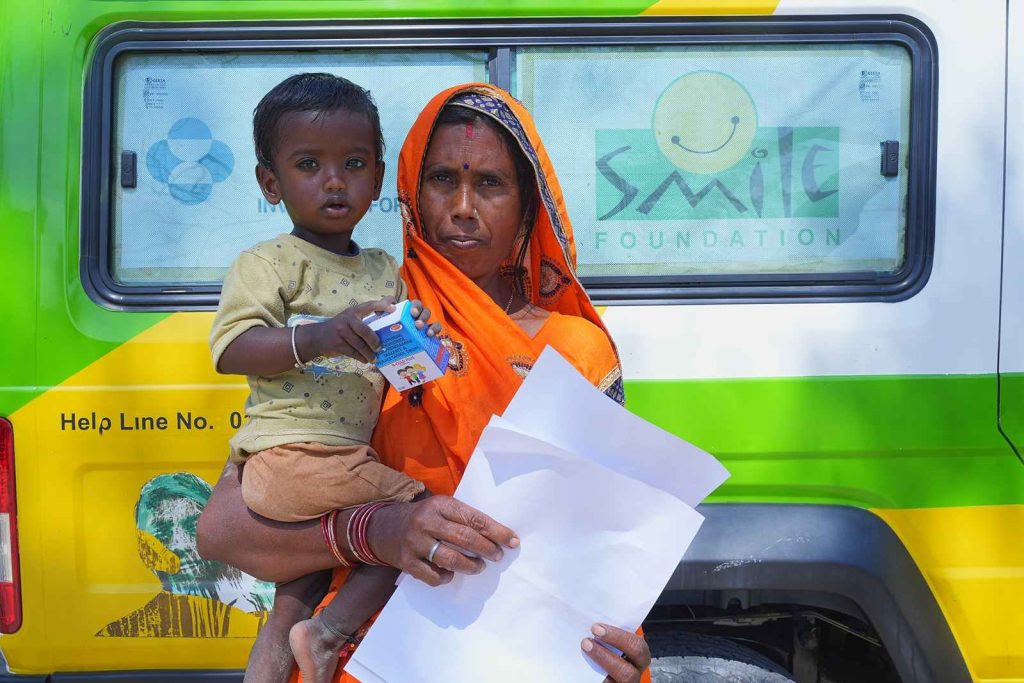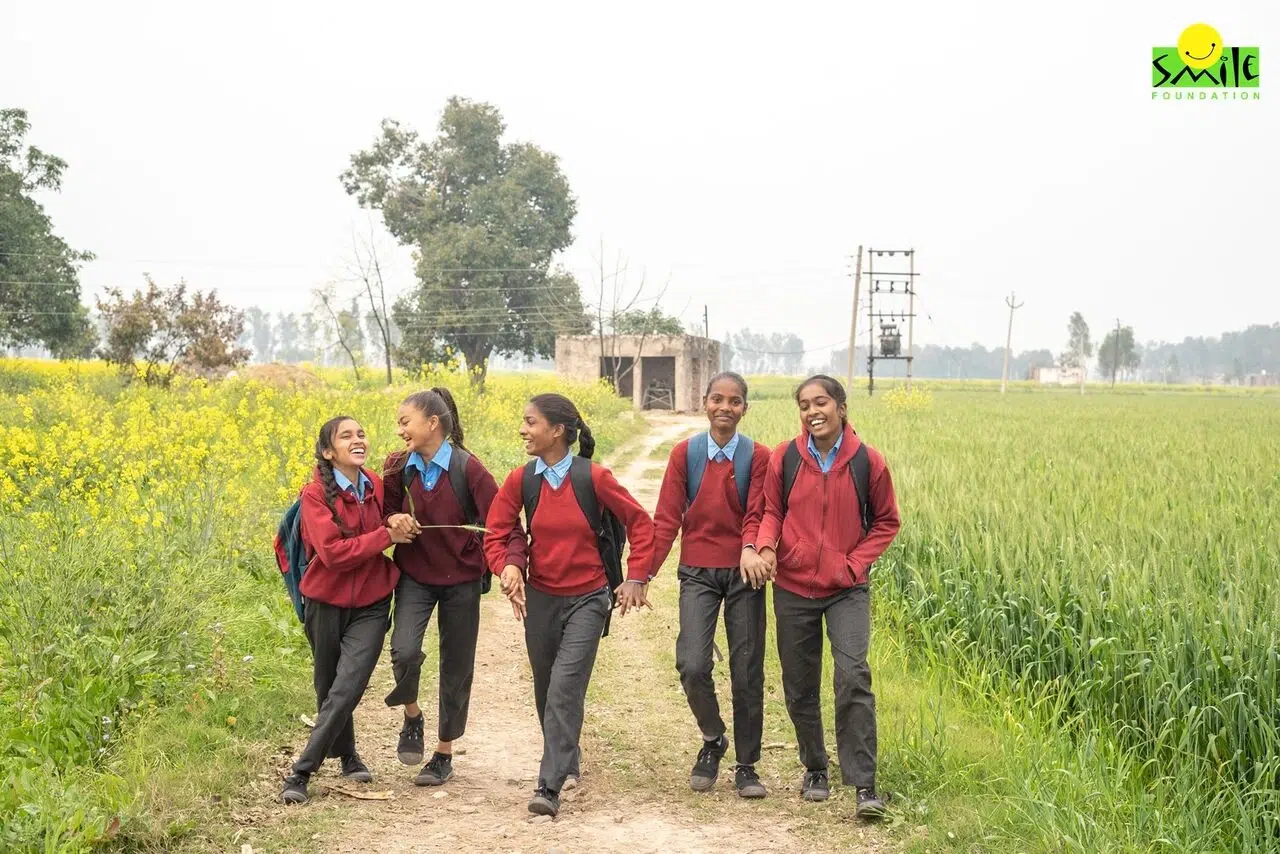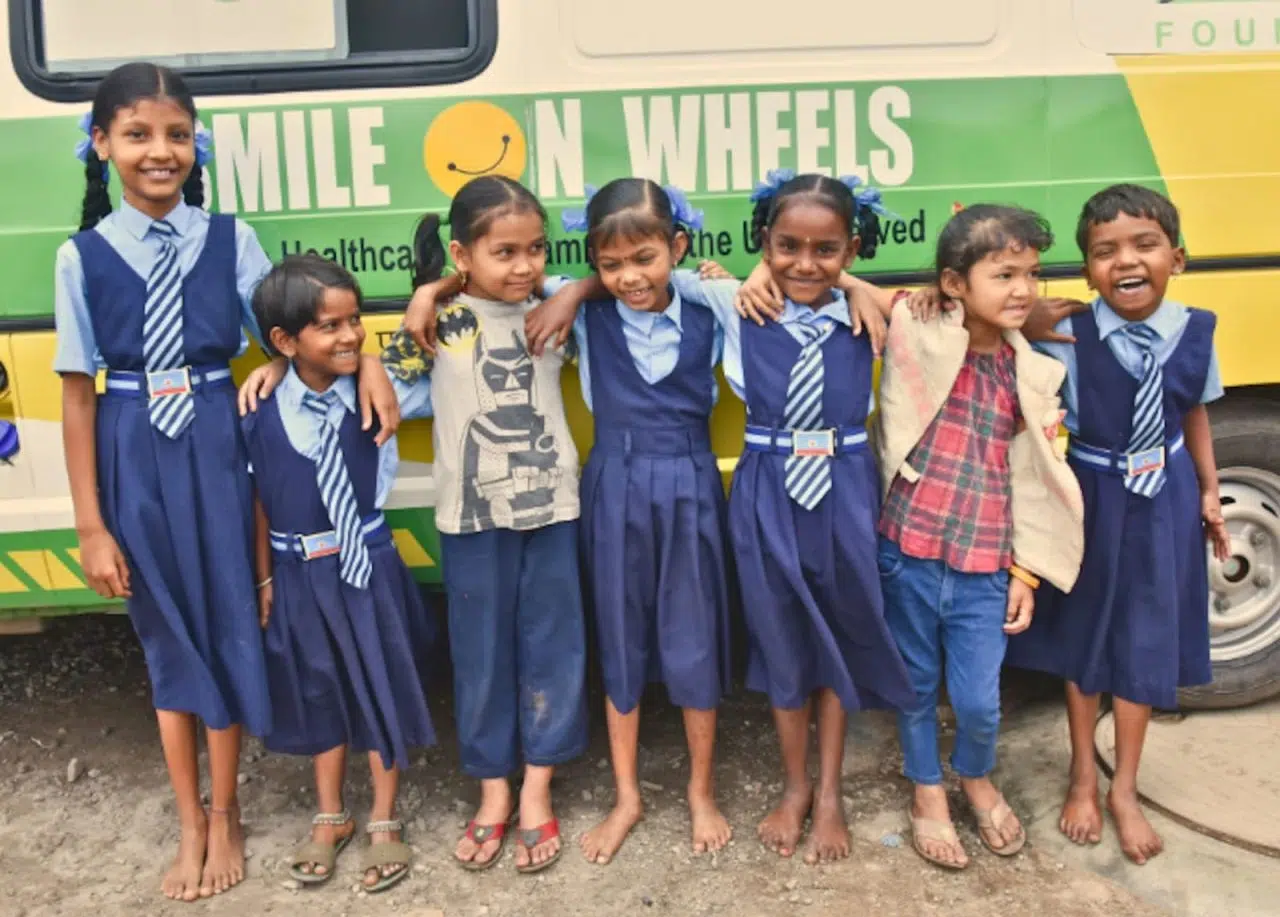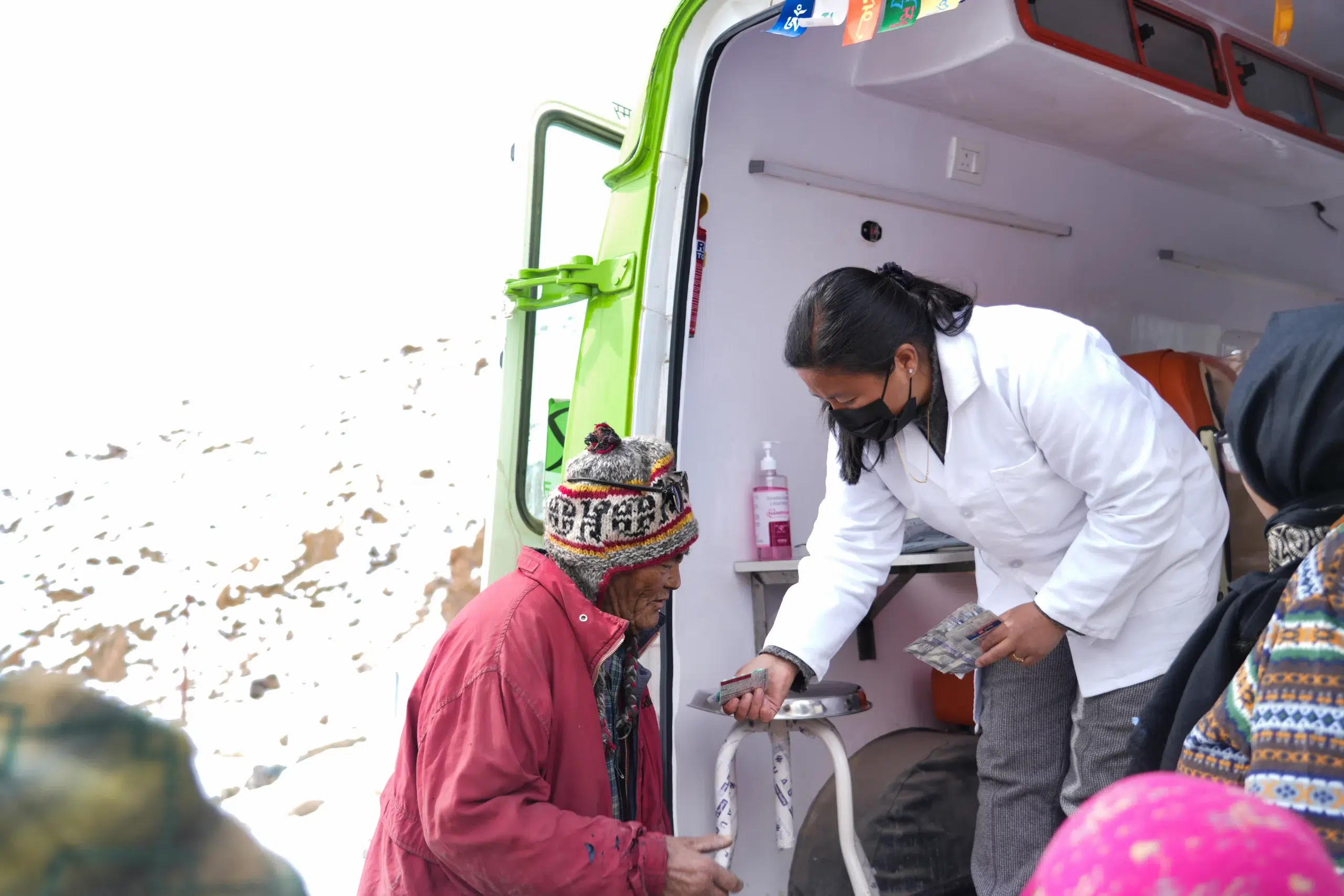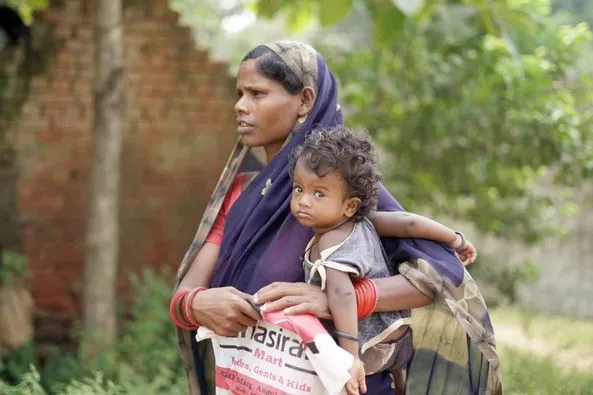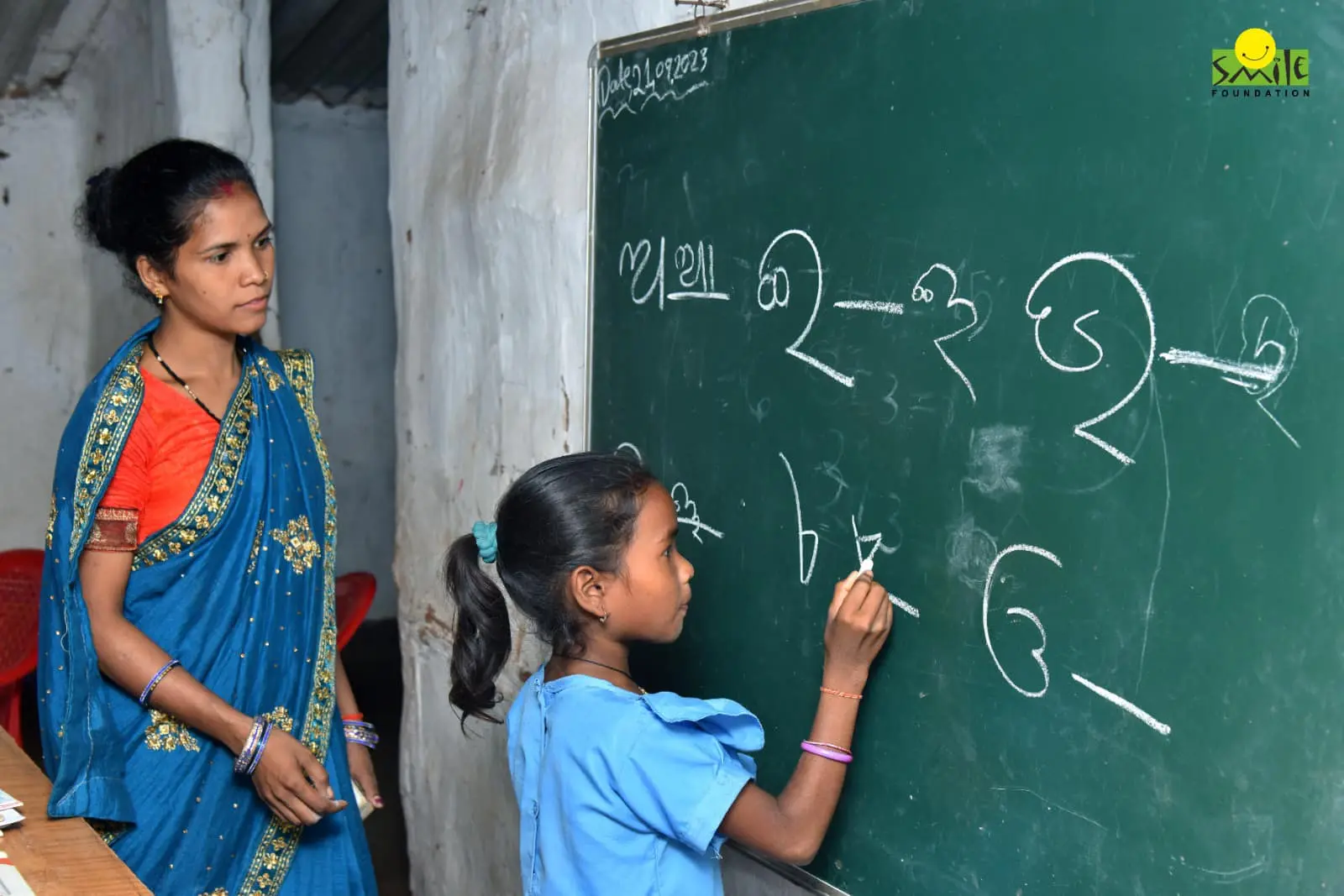Stunting, a severe form of chronic malnutrition, is a public health crisis that affects millions of children worldwide. Defined by low height-for-age, stunting is not just a measure of a child’s physical growth; it is a reflection of their overall development. The condition is associated with impaired cognitive, neurological and psychosocial development, which can have lifelong consequences for individuals and societies alike.
The United Nations Sustainable Development Goals (SDG) Target 2.2 aims to “end all forms of malnutrition” by 2030. While there is progress, the issue remains prevalent, particularly in lower-middle-income countries. India, home to 24.2% of the world’s stunted children, faces an enormous challenge in tackling this issue. Addressing stunting in India is crucial for global efforts to combat malnutrition.
Understanding Stunting and Its Determinants
Stunting is a result of chronic malnutrition, often beginning in utero and continuing into early childhood. It is caused by long-term insufficient nutrient intake, frequent infections and inadequate healthcare. The condition is closely linked to a range of socio-economic factors, including poverty, food insecurity, poor maternal nutrition and limited access to healthcare services. In India, stunting is more prevalent among children born to families with low household wealth, those residing in rural areas, and those born to mothers with low levels of education.
Research has shown that children residing in hilly and mountainous regions are particularly vulnerable to stunting, with the risk increasing with altitude. This is due to reduced appetite, limited oxygen and nutrient absorption, and food insecurity in these areas due to lower crop yields and harsher climates. Furthermore, stunting is more common among children born as a third or later child, and those with a small size at birth, reflecting the cumulative impact of maternal and household factors on child health.
The Current Situation: Global and Indian Context
Globally, significant progress is there in reducing stunting. Between 2000 and 2022, the prevalence of stunting decreased by 10.7%. However, socio-economic inequalities within and between countries remain a significant challenge. The majority of the world’s stunted children live in Sub-Saharan Africa (38.3%) and Central and Southern Asia (36.6%). India, with the largest population of children under five years, bears a significant burden, accounting for nearly one-quarter of the world’s stunted children.
In India, the prevalence of stunting varies widely across different states and socio-economic groups. According to the Rapid Survey on Children (2014), an estimated 44 million children in India are stunted. Additionally, the impact of a child’s sex on stunting has shifted from a female disadvantage in the early 1990s to a male disadvantage in recent years. Despite substantial economic growth and improvements in educational attainment, stunting remains a persistent problem in the country.
National and Global Interventions
India has implemented several national programs to address stunting and improve child nutrition. The Integrated Child Development Services (ICDS) Scheme is one of the largest and most comprehensive programmes, providing supplemental nutrition, health check-ups, immunisation and basic education to over 90.6 million women and children. The National Nutrition Mission, relaunched in 2018, aims to reduce the prevalence of stunting by 2 percentage points per annum. These programmes, along with efforts under the National Health Mission (NHM), have contributed to improvements in coverage of health and nutrition interventions across the country.
At the global level, the World Health Assembly has set a target to reduce the number of stunted children by 40% by 2025. Achieving this goal requires accelerated efforts in countries like India, where the burden of stunting is highest. International organisations, including UNICEF and the World Health Organization (WHO), are working closely with national governments to implement evidence-based interventions, promote maternal and child health, and address the underlying determinants of stunting.
What does Smile Foundation Do?
Smile Foundation tackles the issue of stunted growth in children through its comprehensive Nutrition Enhancement programme, developed in collaboration with one of its most socially-inclined CSR partners. This initiative focuses on equipping and empowering pregnant women, lactating mothers and mothers of children up to 6 years old with essential knowledge about health, hygiene, safe institutional delivery and nutrition. By providing accurate and practical information, the programme ensures that mothers are better prepared to care for their children’s health and development.
Additionally, Smile Foundation collaborated with KFC’s Add Hope initiative, which aimed to end hunger, by supporting a nutritious meal program for 2,500 underserved children. Complementing these efforts, Smile’s mobile medical units provide regular healthcare visits, ensuring continuous access to essential services, further contributing to the well-being of mothers and children.
The Future Prospect: A Collaborative Effort
Despite the progress made, significant gaps remain in the fight against stunting. One of the critical challenges is ensuring that interventions reach the most vulnerable populations, particularly those in remote and rural areas. A collaborative effort from all sectors of society, including government, nonprofits, healthcare providers and communities is essential to make a difference.
Achieving the global target of reducing stunting will depend on sustained political commitment, adequate funding and the effective implementation of evidence-based interventions. By focusing on improving maternal and child nutrition, addressing disparity in healthcare and promoting awareness, India can make significant strides in reducing the prevalence of stunting and improving the health and well-being of its children.
No more stunted growth in children
Stunting is a complex issue that reflects the broader socio-economic challenges faced by communities worldwide. While there is progress in reducing stunting, particularly in countries like India, much work remains. Addressing stunting requires a multi-faceted approach that includes improving nutrition, enhancing food security, increasing access to healthcare and raising awareness about the importance of early childhood development.
As we move towards the 2030 deadline for the SDGs, we must intensify our efforts to ensure that every child has the opportunity to grow and thrive. By working together, we can make significant progress in nipping the problem of stunted growth in children and creating a healthier, more prosperous future for all.



